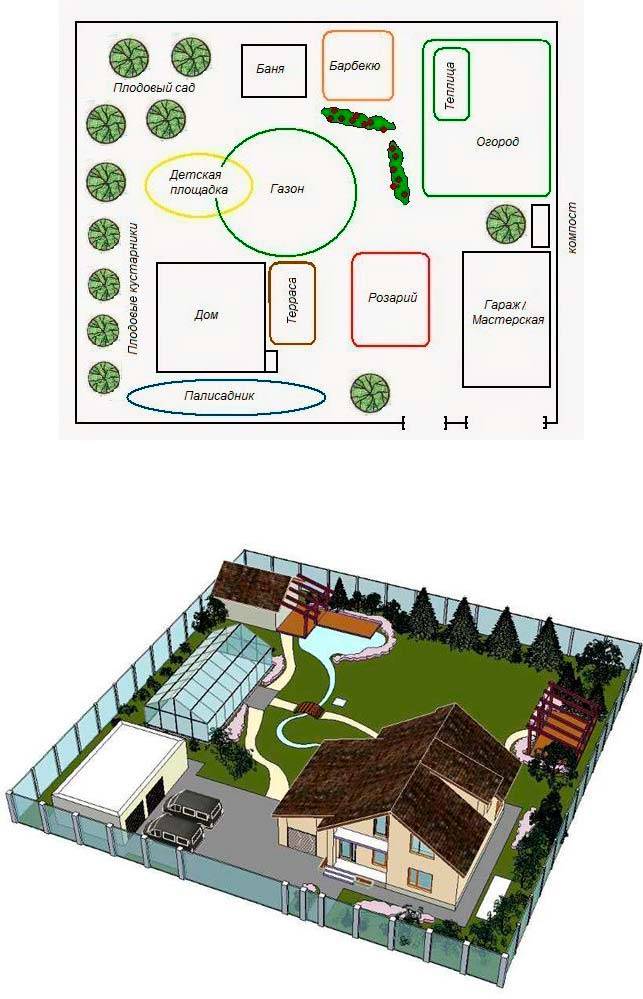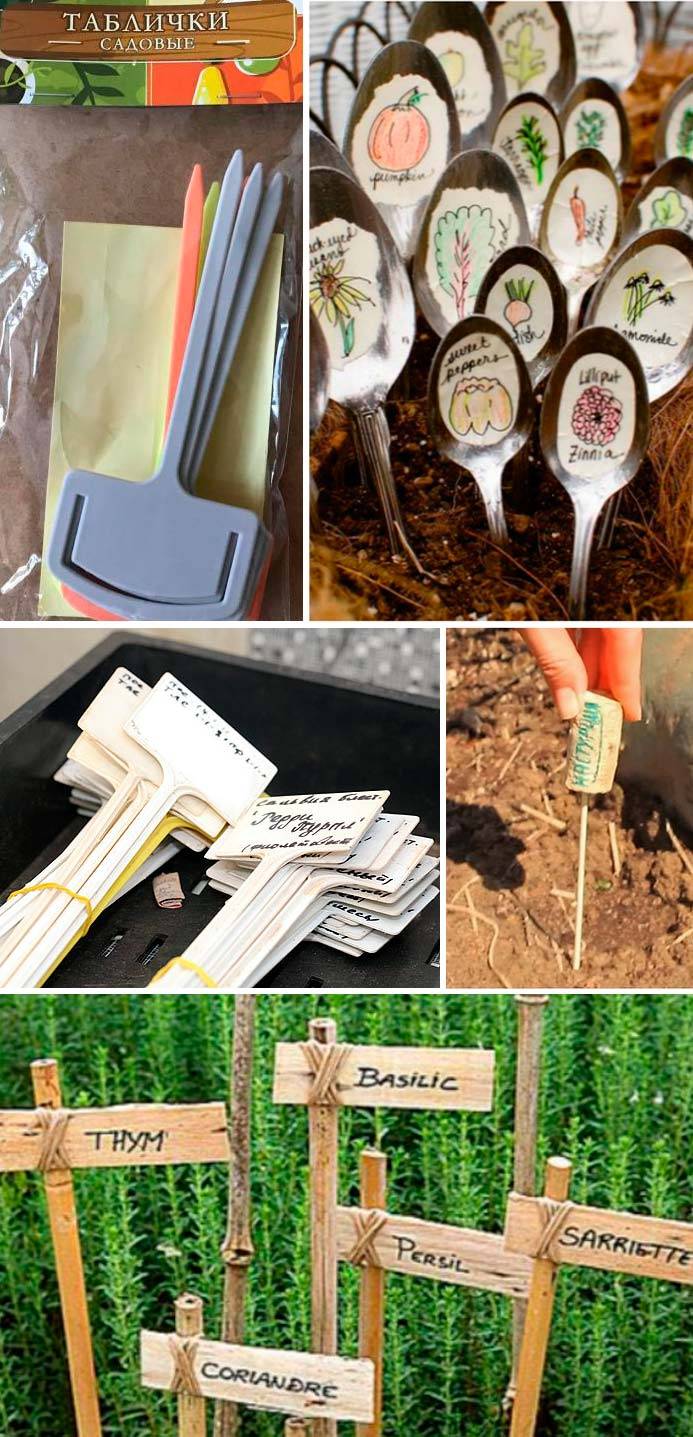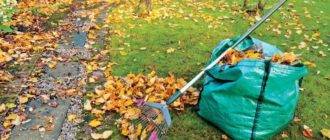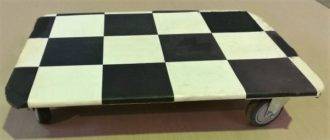Often at the dacha, due to the small amount of time, we do not know what things to do, we want to do everything, but it doesn’t work out. We forget what and where we planted, we plant there again, ruining the old plantings that fail to grow.

To avoid this, make a diary of your work and your observations. Enter there not only what you are going to do, but also notes about the work done and what results they led to.
Planning
On long winter evenings, when you are just thinking about planting in the country this year, make a site plan, trying to maintain the scale of all buildings.
Then, cut out the garden elements from paper that you can move around at the same scale. For example: flower beds, garden furniture, swings, etc.
In your planning diary, record the condition of your perennial flower beds, trees, and fruit plants. Indicating the name, variety, planting time and location on the site. Record any change and transplant in your diary. You can also indicate where you purchased the seedlings. To remember who to turn to in the future for new ones.
Plant observation
Keep a gardening diary. In it, record the time of sowing, picking and planting various garden crops and flowers. This information will help you in the future. Note where you planted, the size of the seedlings, the names of the varieties to assess their growth and yield. It is good to put plates with the names of the planted plants and their varieties.
Remember to keep a record of the timing of fertilization, crop protection treatments, and any other work you have done. It is best to build a graph.
Record when certain crops and varieties yielded. To plant on time next year and determine in a few years which varieties are better.
Record the flowering period. This will create a flower bed that will bloom constantly and fill in the voids.
Planning vegetable beds
It is better to adjust the placement of vegetables in the beds every year, based on the crop rotation. It is good to plan the planting for 3 years. A three-year cycle, with the correct placement of crops, allows each vegetable to return to its original place with better conditions.
Calculate how many seeds of a particular plant you need to purchase. It is better to buy everything in January, February, but be sure to look at the expiration date.
Front works for a year
Another diary is needed for planning specific seasonal work. It's good to buy a lunar calendar for this. When your dates don't coincide with the best dates for a particular plant, just rule out the worst ones.








